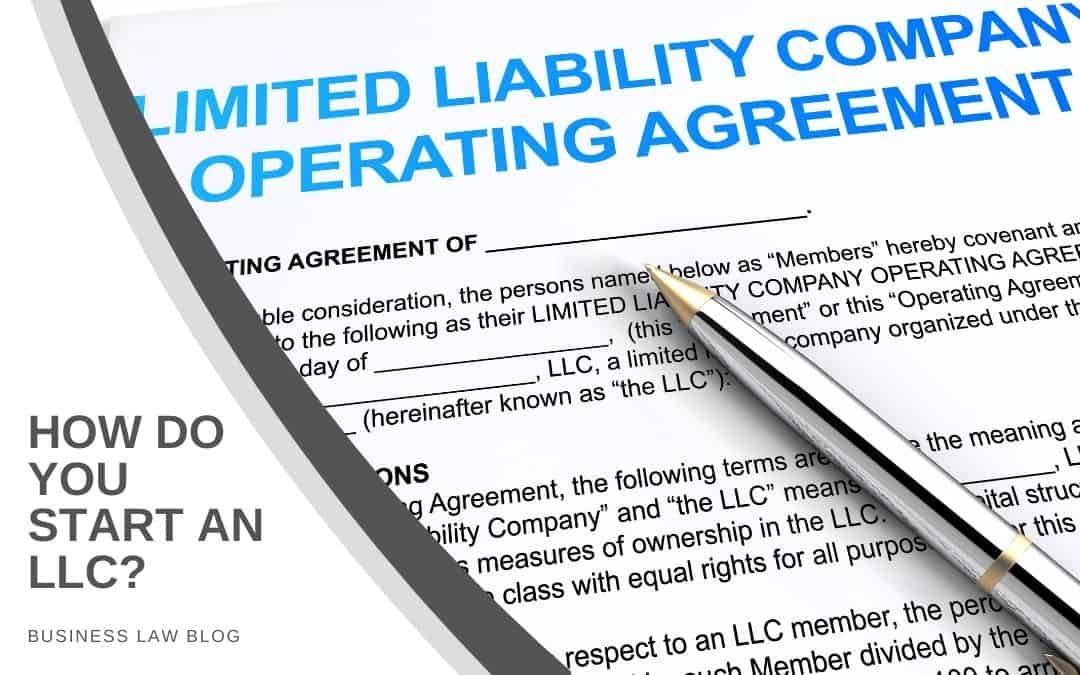Part of the popularity of the LLC business structure is its ease of creating, launching, and operating the company. Once you have your business name selected and have secured an EIN number from the IRS, you follow your state’s process for filing the business.
For an LLC, you will likely need to prepare Articles of Organization and an Operating Agreement. Big words, yet most states make the process very easy with drop-down and check-the-box menus on their website.
Articles of Organization
Articles of Organization or a Certificate of Formation are not required by all states. While the name can seem intimidating, it primarily describes the purpose of the business, identifies the founding members, and identifies the Registered Agent. The Registered Agent is the person who receives correspondence for the business and serves as the “voice” of the business.
Operating Agreement
The Operating Agreement, also not required in all states, is a declaration that outlines how the business will be run. It can include a brief description of who makes decisions, how shares (if any) are handled, how profits and losses are managed, what happens if the company is dissolved, etc.
The Small Business Administration advises that even if not required by your state, it is wise to have an Operating Agreement. It can prevent misunderstandings between company leaders, and it documents all verbal agreements made in connection with the business.

